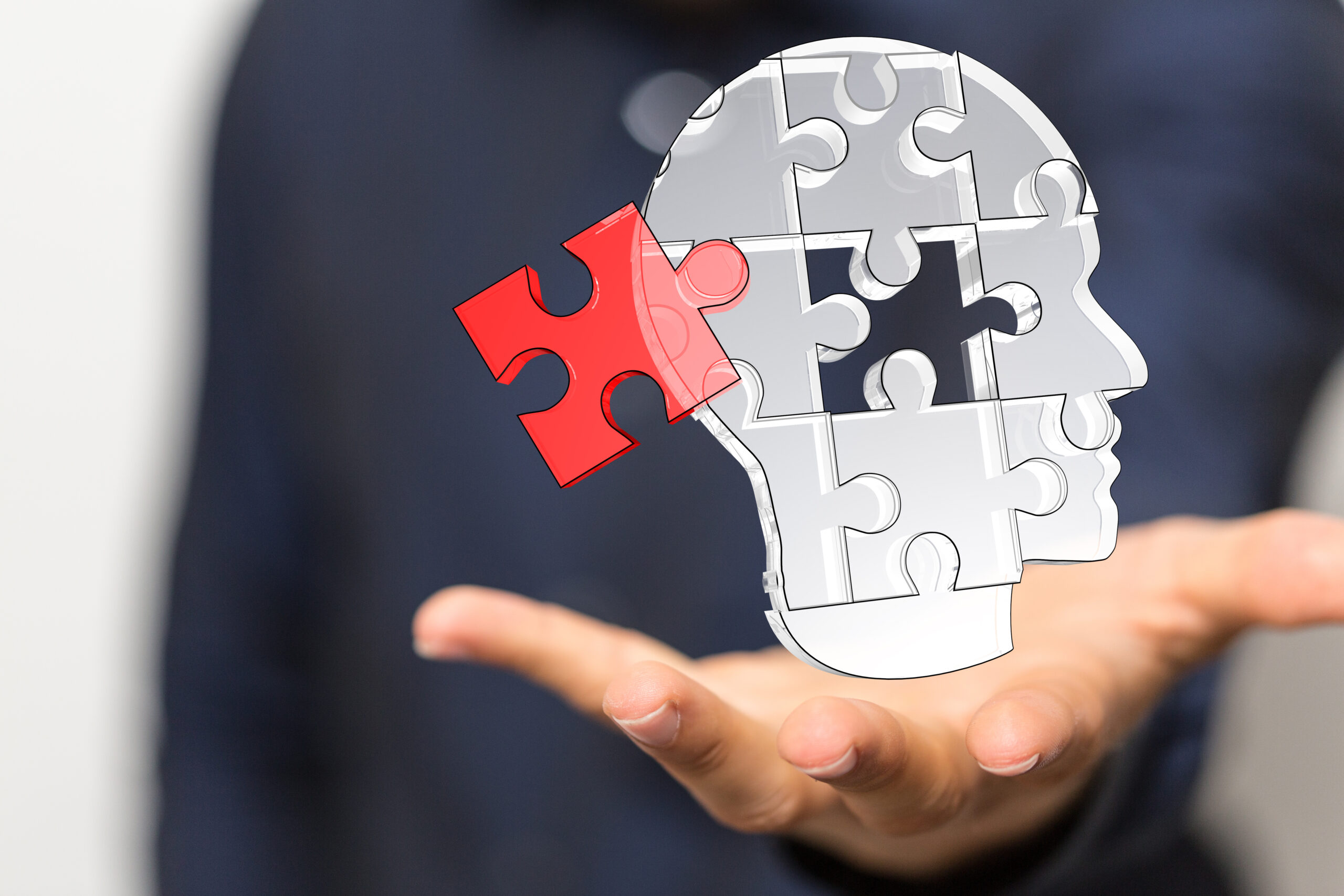Understanding the role of remote monitoring systems in Alzheimer’s care
**Understanding the Role of Remote Monitoring Systems in Alzheimer’s Care**
Alzheimer’s disease is a condition that affects millions of people worldwide, causing memory loss, confusion, and difficulty with daily tasks. Caring for someone with Alzheimer’s can be emotionally and physically demanding for family members and caregivers. However, recent advancements in technology have introduced remote monitoring systems that can significantly improve the care and quality of life for individuals with Alzheimer’s.
### What Are Remote Monitoring Systems?
Remote monitoring systems, also known as remote patient monitoring (RPM), use digital devices to track vital signs such as blood pressure, heart rate, and glucose levels. This technology sends real-time data directly to healthcare providers, allowing them to manage both acute and chronic conditions effectively.
### How Do Remote Monitoring Systems Help in Alzheimer’s Care?
1. **Real-Time Health Monitoring**: These systems provide immediate alerts if there are any abnormalities in vital signs. This means that healthcare providers can quickly respond to any health issues, reducing the need for frequent hospital visits and ensuring better management of chronic conditions.
2. **Enhanced Convenience**: With remote monitoring, seniors can continue their daily routines while their health is being monitored. This convenience is particularly beneficial for those who may have difficulty traveling to hospitals or clinics.
3. **Increased Engagement**: Remote monitoring systems encourage seniors to be more involved in their health management. By providing real-time data, these systems help seniors understand their health better, which can lead to more informed decisions about their care.
4. **Improved Communication**: Healthcare providers can receive timely updates on a patient’s condition, fostering enhanced communication between patients and their healthcare teams. This proactive approach helps in predicting needs and ensuring timely interventions.
### Benefits for Family Members
1. **Reducing Stress**: Remote monitoring systems can free up family members from managing everyday reminders and basic communication needs. This allows them to focus on more challenging aspects of care or take required breaks, reducing stress levels.
2. **Improved Communication**: These systems act as liaisons between family members and healthcare providers. They keep everyone informed about medication adherence or behavioral tendencies, improving overall communication and coordination.
3. **Personalized Care Insights**: Advanced remote monitoring systems can detect patterns in behavior or mood, providing data-driven insights that help loved ones predict needs and communicate with healthcare specialists more effectively.
### Challenges and Considerations
While remote monitoring systems offer numerous benefits, there are some challenges to consider:
1. **Privacy Concerns**: These devices often rely on continuous data collection, which raises privacy concerns. Families need to implement security measures and transparent usage restrictions to protect sensitive information.
2. **Acceptance by Seniors**: Some seniors with advanced dementia may find it difficult to accept new technologies. Therefore, support from loved ones and home care will continue to be necessary to help them understand and use these systems effectively.
### Conclusion
Remote monitoring systems are transforming the way we care for individuals with Alzheimer’s disease. By providing real-time health monitoring, enhancing convenience, increasing engagement, and improving communication, these systems are crucial in managing the condition effectively. While there are challenges related to privacy and acceptance, the benefits they offer make them a valuable tool in the fight against Alzheimer’s.
In summary, remote monitoring systems are not just a technological advancement but a supportive tool that can significantly improve the quality of life for both individuals with Alzheimer’s and their caregivers.





